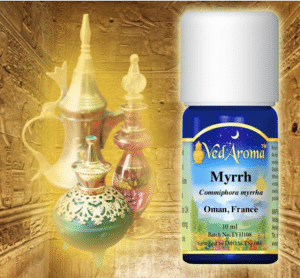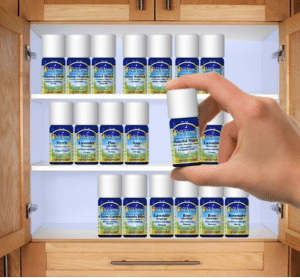
Discover The Power of Essential Oils
(Video Series click to view)
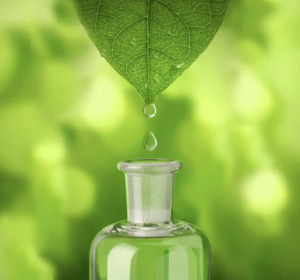
Aromatics have been used for religious, medicinal, and cosmetic purposes for thousands of years, in the ancient culture of India—as found in Vedic Literature—in ancient China, Egypt, Babylon, and in the Greek and Roman civilizations up to the Middle Ages, and found a revival in the 20th century with the French chemist Gattefosse and the French doctor Valnet, the fathers of modern aromatherapy.
Historic records give us detailed descriptions of how medicinal plants have been used for fumigations, pills, powders, ointments and infused oils and give us interesting recipes for their use for the cure of many diseases.
Aromatherapy
Today we define Aromatherapy as the skilled and controlled use of purest, highest quality essential oils—the volatile substances of aromatic plants—to promote holistic psychological and physical health and well-being.
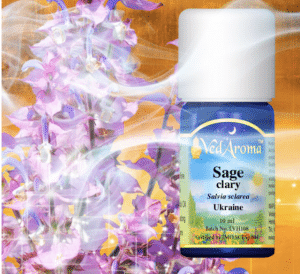
The Essence, Life Force, or Soul of the Plant
The essential oil—the essence, life-force, or soul of the plant—is present in tiny sacs or globules (in the flowers and leaves of the plant) or in the fruits, branches, needles, seeds, root or rind of the plant and is obtained by the methods of steam distillation, or by expression or solvent extraction.
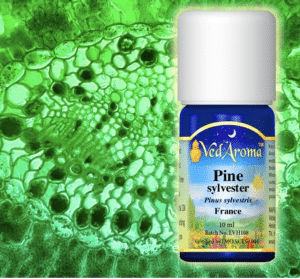
Distillation—Ancient and Modern
The method of distillation of essential oils is said to have been invented only about 1,000 years ago (by an Arabic physician named Avicenna), but vessels found in Egyptian tombs and a still in a museum in Pakistan—judged by experts to be 5,000 years old and belonging to the ancient Indus Valley culture—lead us to think that it was already known in these advanced cultures, that this method was later lost and was then rediscovered.
Extraction of Essential Oils
The extraction of most essential oils is carried out by means of distillation. The plant material is loaded into the still, which is in effect a giant pressure cooker. Steam is passed under pressure through the plant material, and the heat causes the globules of essential oil to burst open. The oil quickly evaporates. The steam or water vapour and the essential oil vapour then pass out from the top of the still and along a pipe which is water cooled. This condenses the vapours back into liquids. It is then an easy matter to separate the water from the essential oil, since they don’t mix, and the essence naturally floats on top of the water.
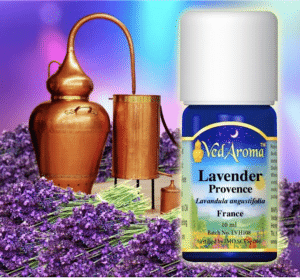
Yields from Raw Materials
The average yield of essential oil from raw material is 1.4 per cent, which means that about 70 kg of plant material is required to produce 1 kg of essential oil. 160 kg of lavender blossoms are required to produce 1 kg of essential oil. As much as 4000 kg of rose petals are needed to produce 1 kg of rose oil. That means a yield of only 0.025 per cent, which explains why rose oil is considered so precious.
Essential oils are fragrant and highly volatile thus they evaporate readily. They are not greasy—quite different from fatty oils—and have a consistency much more like water than oil
Use Only the Highest Quality
It is very important to use only the highest quality, 100% natural and completely pure essential oils from wild or organically grown plants.
Essential oils should be stored in dark-coloured bottles, in a cool place away from direct sunlight, to ensure that their high quality and strength is maintained.
Essential Oils are Very Powerful Substances
Essential oils are very powerful substances. They are able to influence our physical, mental and emotional well-being in a very profound way. They can quickly uplift us, cheer us up; calm and relax us; enliven, motivate and inspire us; harmonize and balance our emotions; dispel tensions, anxieties, headaches, cramps, and tiredness; improve appetite, digestion, sleep, concentration, memory, mental clarity, willpower, creativity, and self-confidence; promote bliss and feelings of euphoria, and more.

The Nature of the Sense of Smell
The sense of smell is the oldest of our senses (hearing and seeing are younger senses). Smelling takes place through approximately ten million olfactory nerve cells of the mucous membrane at the root of our nose. This mucous membrane is the only place in the body where the central nervous system is open and in direct contact with the outer world. Its cells are brain cells. Their eighty million fine hair cells gather an unimaginably large amount of information with each breath that we take.


